Flexible, plentiful, minimal upkeep, and water-intensive. That is the main goal of no-dig cultivation. This is what we all hope to be capable of saying about our organic gardening endeavors. Yet, our time-limited lifestyles and frequently inadequate soils frequently frustrate the excitement of cultivating current, free of contaminants vegetables in their homeland.
Here is the method which created a no-dig planting technique over the last twenty years that has consistently shown itself to be easy, inexpensive, time-efficient, soil-flourishing, and capable of producing incredibly fruitful beds for growing vegetables.
Systematically Instructions:
First, Find The Location Of Your Garden:
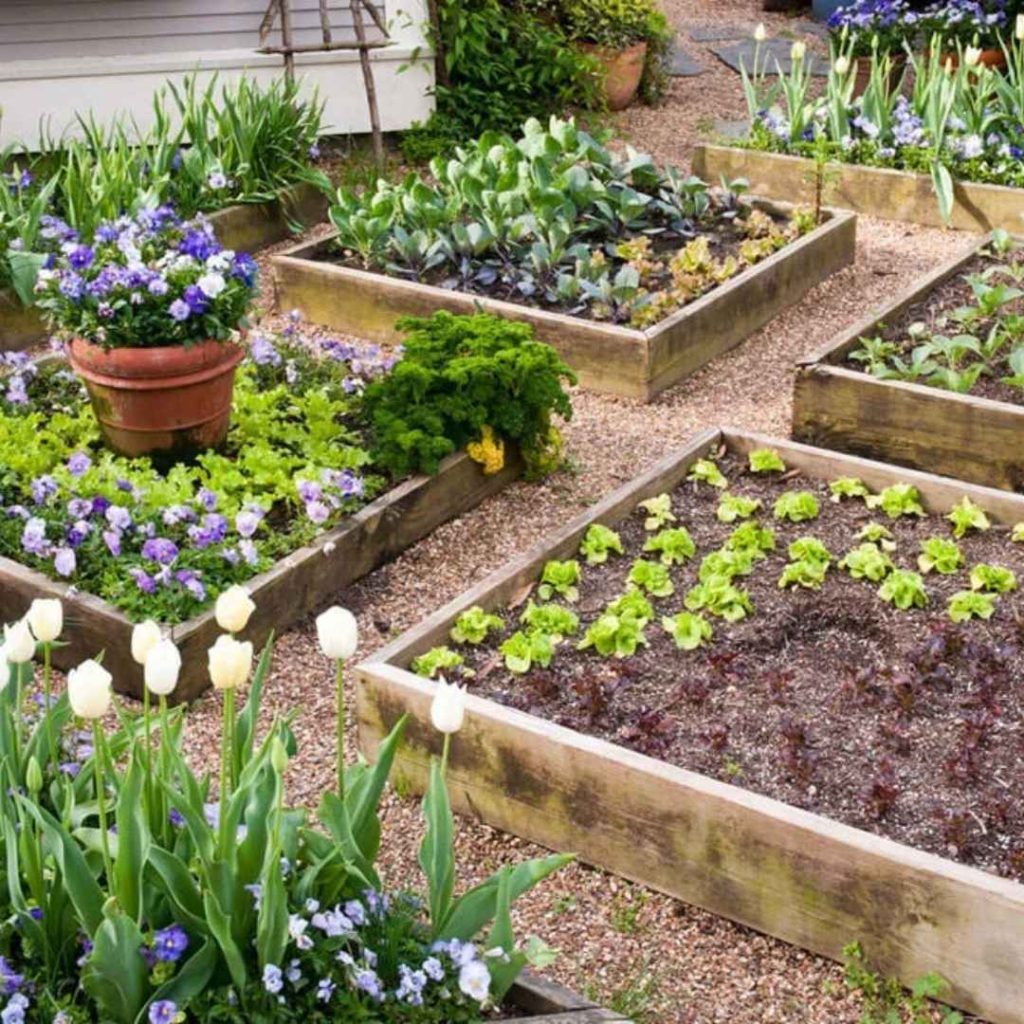
Choose a garden spot that receives six to eight hours of sunlight per day, within walking distance of the cooking area. Begin modestly. Subsequently, when you have additional assets, these continue increasing.
Define gardening borders and walkways. Keep grasslands and wildflowers on topping after cutting them. The biological material is added by digging into the soil and foliage. Pathways for oxygen and moisture are created as the roots decay. Give the region plenty of irrigation, or better yet, build after abundant rainfall.
Second Stage:
Nourish The Substrate And Release It:

Use a gardening fork to break up the earth, but refrain from twisting. For opening and lifting the dirt, drive the blade as deep into the earth as it can penetrate and then carefully draw it out.
The handle will delve significantly deeper the following year due to the growing number of soil organisms. Add high-nitrogen items, including freshly non-meat household waste and poultry excrement. Use diluting liquid compost for watering in.
Third Phase:
Create A Fresh Coating Of Soil Structure:
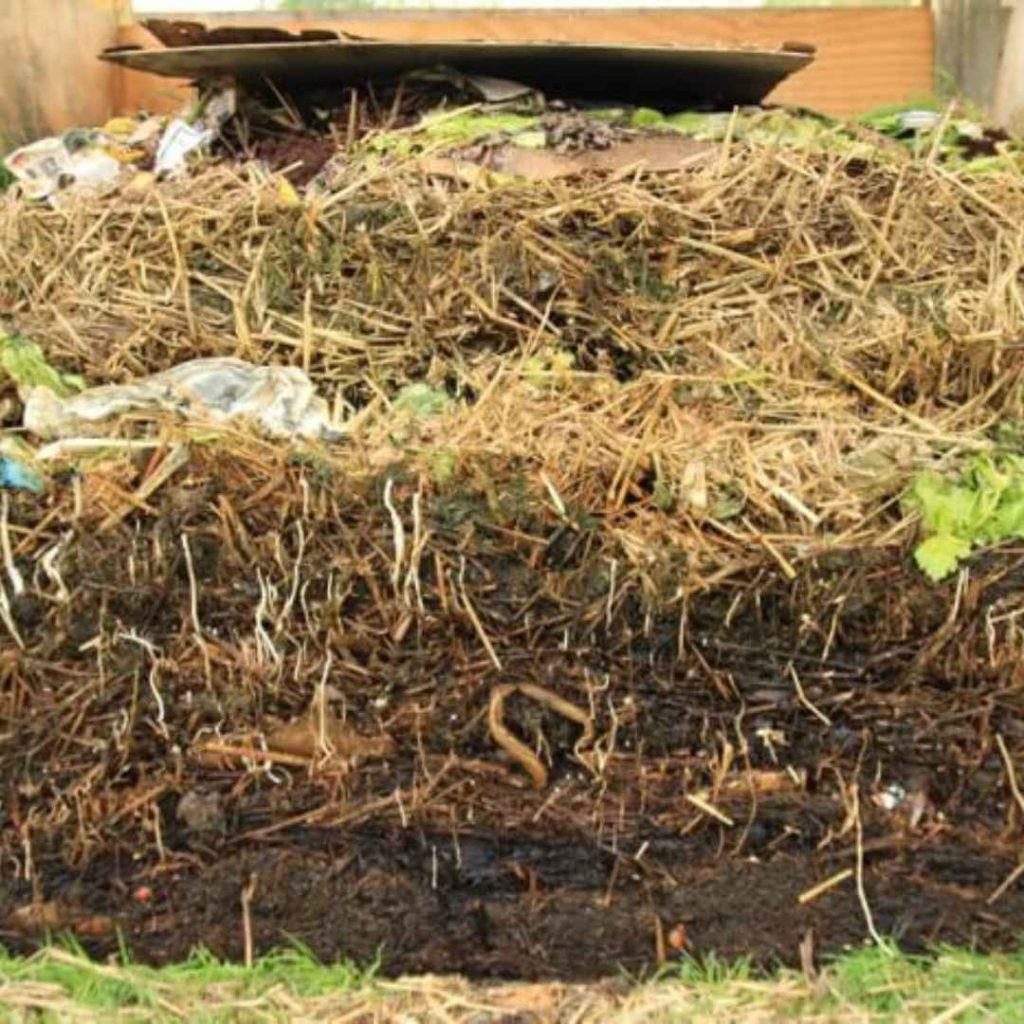
Put the liquid into the soil and add ten to fifteen centimeters of manure. The fresh surface soil is created from this. Make use of domestic things that are readily accessible, ideally recovered from your personal garbage directly.
Worm droppings combined with homegrown fertilizer are great for vegetation and topsoil. Composting from mushrooms and old fertilizer are also beneficial. Shredded foliage of fennel, marijuana, pigeon pea, or any other plentiful foliage green—but not pine trees, eucalyptus, or other greasy leaves—should be added to the composting pile to give it strength.
Pause a few weeks before sowing if you intend to utilize a great deal of newly picked foliage or fertilizer, as the excessive heat produced might scorch the sprouts.
Stage Four:
Add An Invasive Plant Border:
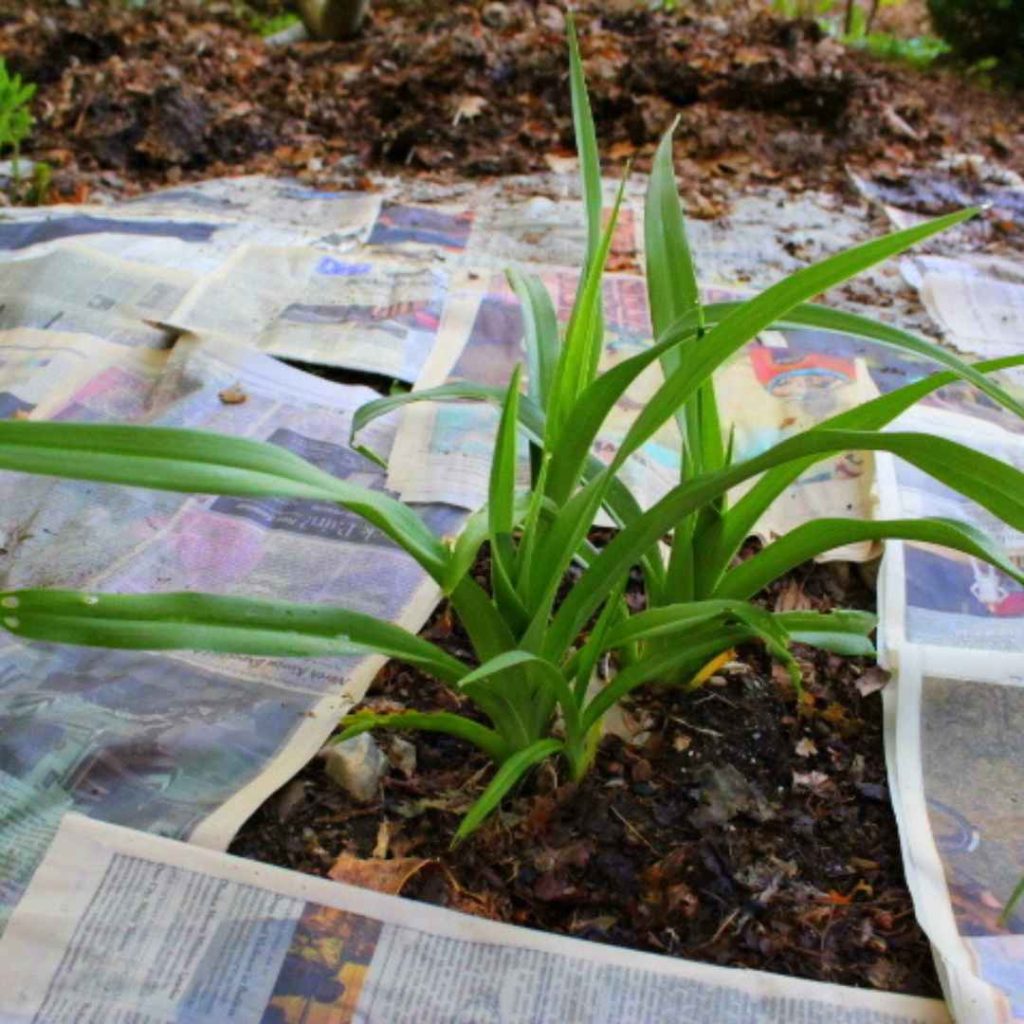
To keep invasive plants out of your landscape, apply an environmentally friendly weed blocker. Employ ten to fifteen layers of damp newsprint. The thickness of the paper towels is excessive. Prior placing, completely wet the newspaper in an empty container or bucket of liquid.
Dry sheet collects humidity from the substrate and is difficult to spread. To enable extra mobility when transplanting underneath the invasive species barrier section, expand the newspaper by ten centimeters in every direction.
Look for any empty spaces before mowing and fill them in. The invasive plants will discover an opening if there is one because they are looking for daylight. Don’t forget to cover the borders and routes.
Fifth Stage:
Mulch Mulch Mulch:
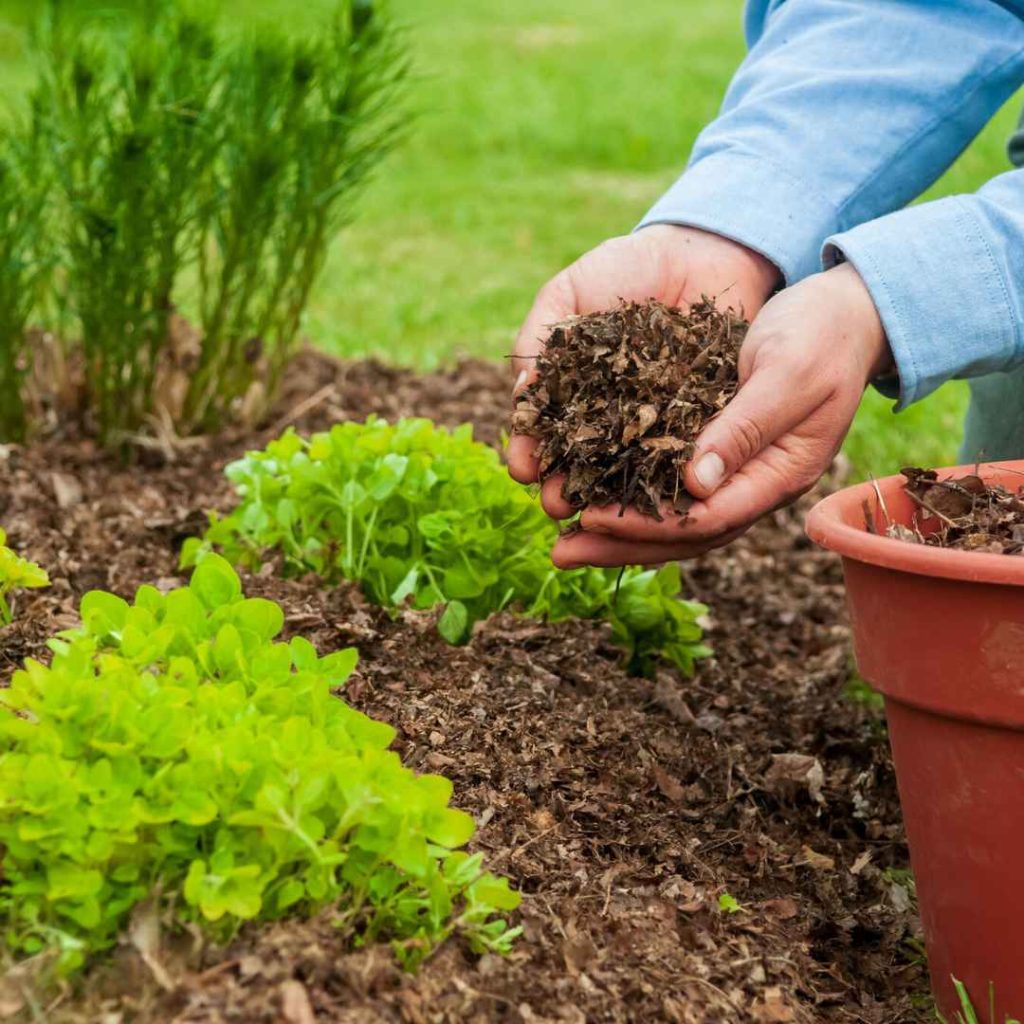
Cover the weed obstacle, lodgings, and pathways with an extensive covering of seed free compost fifteen centimeters. Everything with spores that you cannot tolerate in your vegetable patch should go beneath the weed obstacle.
Ultimately, the shredded material will be incorporated into the newly created soil from the ground, but in the meantime, it will safeguard, insulate, and aid aquatic conservation.
Phase Sixth:
Plantation And Irrigation:
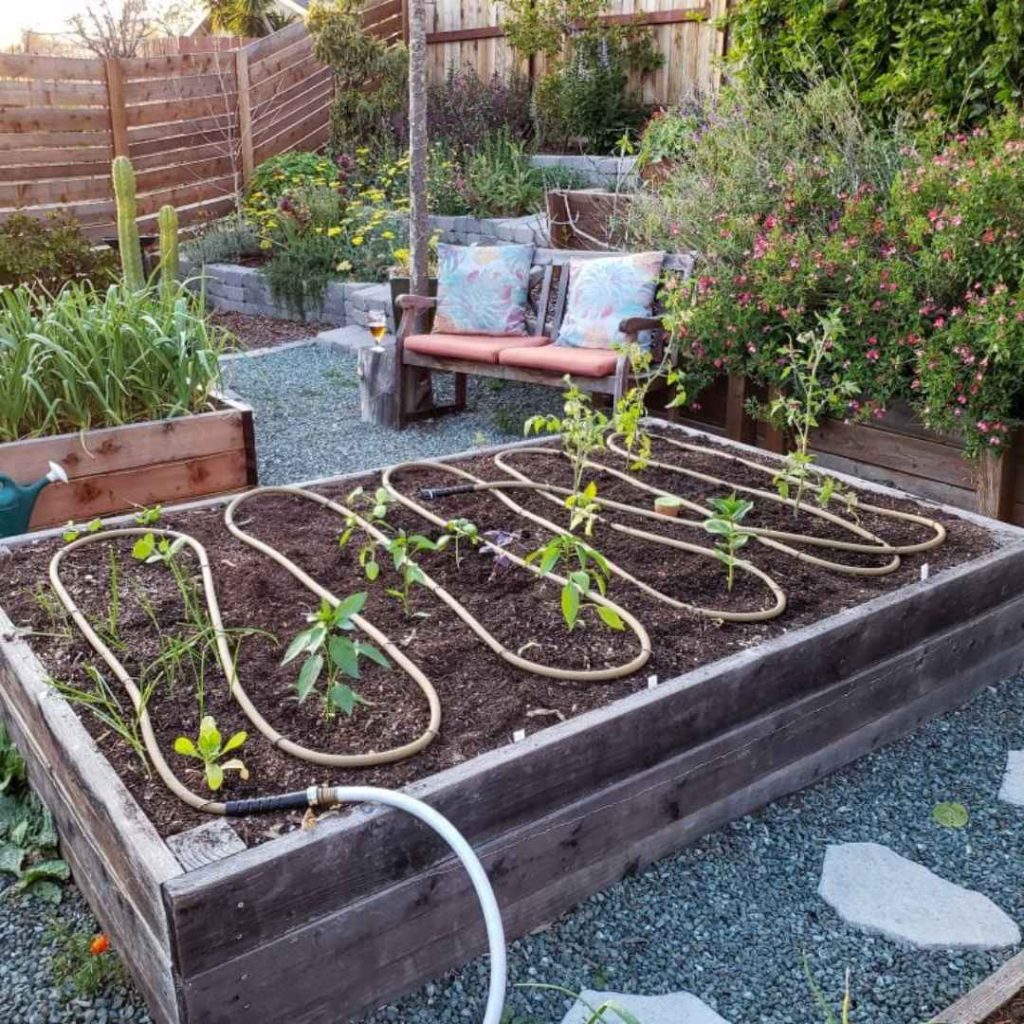
For a multicultural culinary landscape, choose a variety of periodic and annual plant life, herbs, and veggies. When deciding where to put every grain or germination, take into account the dimensions and developing pattern of every vegetation. Create a nest made by birds in the mulching to expose the cardboard before planting.
Using a transplanted, make an opening in the material to see if the soil underneath is loosened. Fill the opening with an equal amount of manure until the cardboard or invasive species blocker is flat. Place the huge seedling or sprout in the manure. To ensure that the sprout is securely placed, softly compress.
Recirculate the young plant with mulching material being careful not to damage it. The immature plant is protected by the mulching until it sprouts. Make sure the young plants are securely in the manure by watering every opening separately.
Split newspaper, pull backward slightly, and reveal the layers of mulch in a direction for planting tiny sprouts (carrots, for example). Spread seedlings on top of the manure. To assist seedlings expand and get on to an excellent commence, combine them with espresso grounds.
Care Guidelines For Your No-Dig Landscaping:
Use fluids just when required. Start by feeling beneath the leaf litter.
Inadequate root development results from excessive irrigation, and overflowing seedlings demand a lot of moisture.
To help control pests, combine herbs and blooms with the crops. Before emerging grasses spawn or propagate, pluck them out.
Whenever the landscaping grows, make more manure. It is not necessary to resurface the entire region when removing an existing plant; simply throw an equal amount of fertilizer in its opening and transplant an alternative.
Exercise your discretion and monitor during the subsequent growth period. Perhaps add more mulch and compost on top. Stir the substrate a bit more, maybe. Whenever necessary add a second sheet of cardboard.
Simply fertilize around your blooms and leave them alone.
